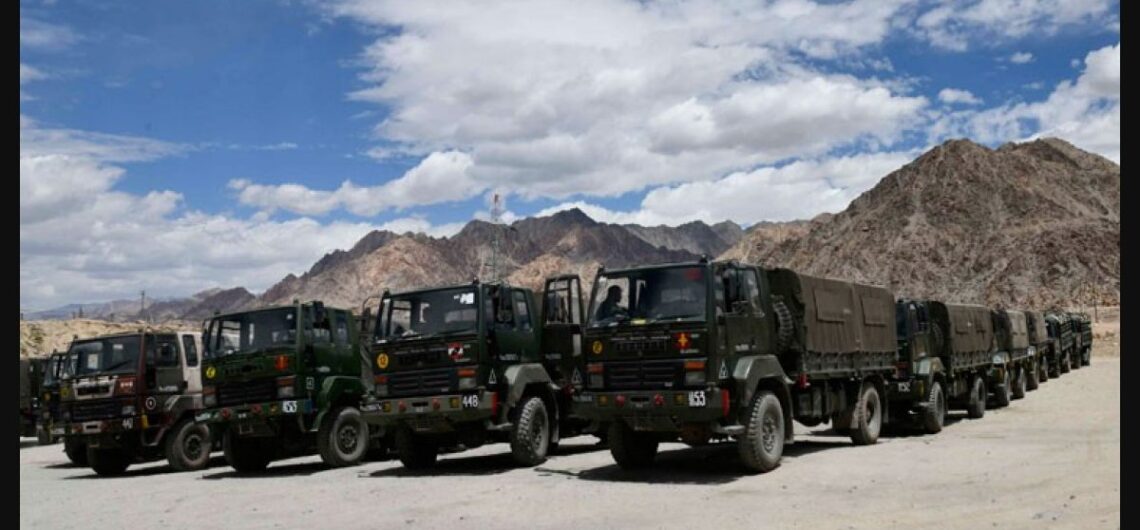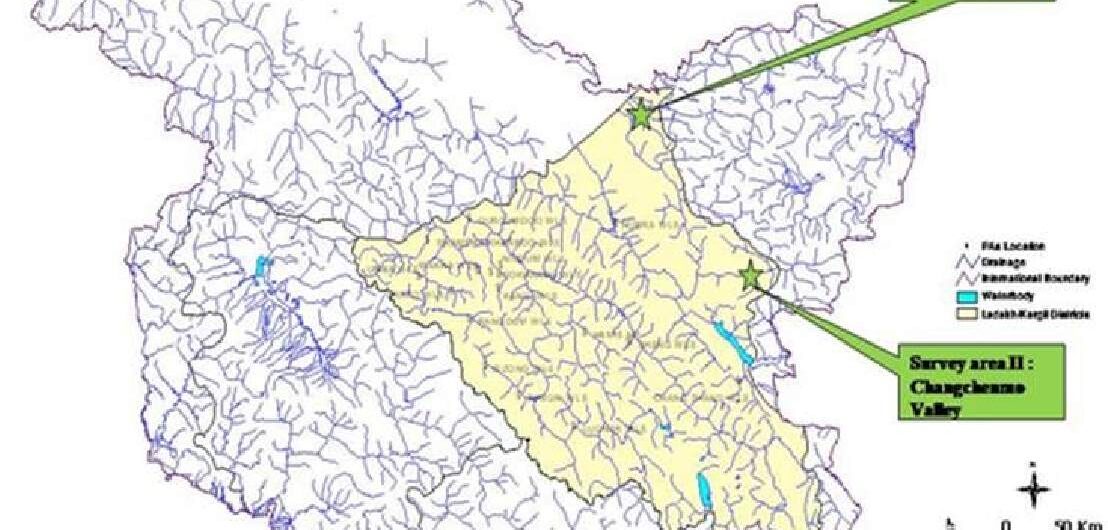Chang Chenmo or Changchenmo, which means “great northern” in Tibetan language, lies between Karakoram range and Changchenmo range in Leh district of Union Territory of Ladakh, India. The Chang Chenmo region is strategically very important as it lies close to India-China border near southern edge of the Aksai Chin. Chang Chenmo sector is near the patrolling point of Indian Army. The area is between Chang Chenmo river and 21,444 ft high Chang Chenmo Kangri peak. The Chang Chenmo Kangri is near Tsogstsalu/Tsogstsalo. Chang Chenmo river, a tributary of Shyok river, is extremely beautiful due to its blue waters and small lake like formation. Its source is the extreme north of the Ladakh at China controlled Kashmir (PoK). In order to facilitate trade between the Indian subcontinent and Tarim Basin, the British attempted to promote a caravan route via the Chang Chenmo Valley as an alternative to the difficult and tariffed Karakoram Pass in the late 1800s. On the request of British, Maharaja Ranbir Singh made improvements to the trails and facilities of the campsites in Chang Chenmo Valley. Besides being longer and higher elevation than the traditional route, this route goes through the desolate desert of Aksai Chin. By 1890s, traders mostly given up on this route. At the time, Changchenmo valley was also a popular hunting spot for British officers on leave. The river is in the disputed territory between China and India since 1950s. As such, it hosts numerous border outposts from both sides, such as Kongka Pass, Hot Springs, and Tsogstsalu. The region was also the site of numerous tensions in the past, such as the 1959 Kongka Pass incident. Chang Chenmo valley may open for tourists in near future as Ministry of Defence has decided to open some of the restricted zones of Ladakh for tourists. According to news reports, Chang Chenmo, Tsogstsalu and Marsimik La pass
Chang Chenmo or Changchenmo, which means “great northern” in Tibetan language, lies between Karakoram range and Changchenmo range in Leh district of Union Territory of Ladakh, India. The Chang Chenmo region is strategically very important as it lies close to India-China border near southern edge of the Aksai Chin. Chang Chenmo sector is near the

